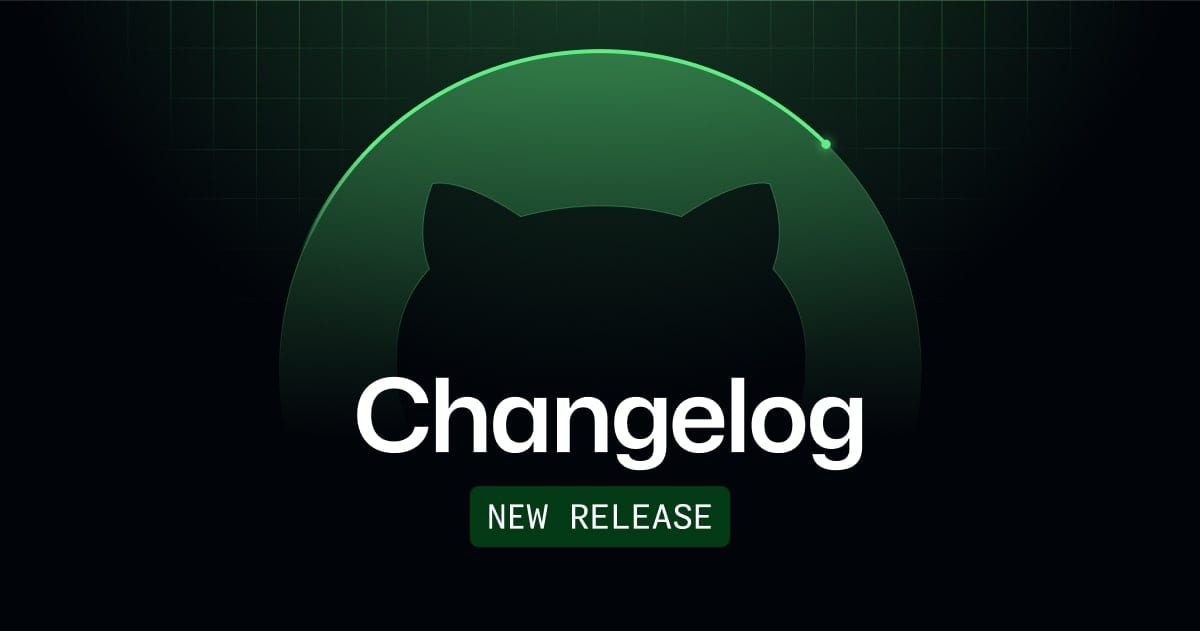- 62 Posts
- 653 Comments

 2·21 days ago
2·21 days agoSix months ago, distributed crawling hit code.forgejo.org, and the mitigation measures put in place then held until a few weeks ago. The mitigation measures relied on JavaScript-based proof-of-work, but the crawling software learned to resolve the measures, allowing the attack to return.
Since November 24, a new blocking strategy has been implemented and successfully blocked around one million unique IPs daily. Only 5,000 unique IP addresses reach code.forgejo.org daily, and no reports of legitimate traffic being blocked have been received.
Crazy. A 1M to 5k ratio.
The linked to ‘new strategy’ information is interesting too. They’re blocking a specific user agent.
TL;DR: 26 November ~900,000 unique IPs sent requests to code.forgejo.org and blocking one user agent effectively blocks over 90% of them. At the moment ~50,000 unique IP hit code.forgejo.org per hour, ~5,000 of them are not using the suspicious user agent and are sent to Anubis, ~1,000 of them pass the challenge and reach code.forgejo.org.
&& Header(`user-agent`, `Mozilla/5.0 (Macintosh; Intel Mac OS X 10_15_7) AppleWebKit/537.36 (KHTML, like Gecko) Chrome/125.0.0.0 Safari/537.36`)

 2·23 days ago
2·23 days agoThe author provided no evidence of it
They’re contextualizing and sourcing it plenty. It’s their impression from their experience, from their years of being in that field. In the later adding of comments at the end they go into different takes as well, reiterating that it’s what they saw or see in [their] big corp[s] [and those he talks to].
You’re saying people are rotating too often - which was one of their points. Not sure if you meant support that point or point it out [assuming they didn’t].

 5·25 days ago
5·25 days agoSharing, because I had to look up Abstract Wikipedia
Abstract Wikipedia is an in-development project of the Wikimedia Foundation. It aims to use Wikifunctions to create a language-independent version of Wikipedia using its structured data.

 3·25 days ago
3·25 days agoMicrosoft actually cut off Israel’s access to Azure…
After months of pressure and trying to silence internal criticism.
I had to look it up to make sure “months of” is correct. Wikipedia has the infos https://en.wikipedia.org/wiki/Criticism_of_Microsoft#Israeli_military_support 2023-2025, various employees fired
“Microsoft actually cut off Israel’s access to Azure” doesn’t really cover or adequately represent their behavior regarding this topic.

 1·25 days ago
1·25 days agoThat comment doesn’t say anything about what I’m asking about here.

 2·26 days ago
2·26 days agoIMO the intro “[shared] to the respective secret scanning partner” is a bit misleading because it can be read as third parties unrelated to the secret that do secret scanning. The text later on only mentions the issuer of secrets, though.
To protect the developer community, GitHub partners with hundreds of secret scanning partners to identify leaked secrets.
GitHub works directly with industry partners like AWS, OpenAI, and Stripe to build detectors for their specific secret formats […]
GitHub notifies the secret issuer when publicly leaked secrets are found, allowing the partner to take immediate action.

 2·27 days ago
2·27 days agoProbably in some AI training data sets. Not that those are particularly good backups.

 4·27 days ago
4·27 days agomaybe they also mean Israel/Gaza or the AI push

 2·27 days ago
2·27 days ago… Gitlab though; the only difference is you see more “a large premium customer is requesting this” comments!
I love those! /s 😄 It can certainly feel like a pattern, specifically for some tickets.

 2·29 days ago
2·29 days agoYouTube recently introduced UI changes. Google probably didn’t optimize for Firefox besides Chrome. Whatever they’re doing, it may be more performance on Chrome than on Firefox for technical reasons.

 1·30 days ago
1·30 days agoAs a quality metric, “bad company”. If you can differentiate between hardware product and drivers, you can separate those metrics. But usually, and for most people, using the product also means using their drivers.

 1·30 days ago
1·30 days agoYou can just take the L and say you didn’t see that the function definition that was “added” was just “removed” at the top.
That’s not what happened though.
Changing the indent of the def changes the definition. That’s my whole argument.
I don’t get why you say “of course”, agreeing with my point, but then “it was only the indentation that was changed”.

 5·30 days ago
5·30 days agoDo you have a comparison to other tools like Grammarly? Were you sometimes missing suggestions or linting rules?

 6·30 days ago
6·30 days agoas an open-source alternative to Grammarly
intentionally avoids including any kind of generative AI in any part of our processing pipeline
Isn’t that what Grammarly is all about, though? Be better than traditional spellchecking through LLM?
I assume Harper is entirely Rules based, then? Which inherently means limited to what rules where introduced manually and what the rules cover.

 23·1 month ago
23·1 month agoNew hardware manufacturer quality metric: Number of frustrated user pledges per time since market introduction.

 1·1 month ago
1·1 month agoWhat I wrote. I wouldn’t want to do AI Thursday and kinda malicious compliance for a prolonged time.

 1·1 month ago
1·1 month agoI see, thank you for the clarification. I was quite confused because it seemed to be missing, this one didn’t quite seem correct. If they never even pushed it as a MR then that makes more sense. Then the whole “hasn’t been merged yet” is missing that it hasn’t even been created.

 1·1 month ago
1·1 month agoI see, thank you for the clarification. I was quite confused because it seemed to be missing, this one didn’t quite seem correct. If they never even pushed it as a MR then that makes more sense. Then the whole “hasn’t been merged yet” is missing that it hasn’t even been created.

 1·1 month ago
1·1 month agoAn indentation change is a definition code change. And as I pointed out, it’s a py file, and Python is an indent-significant language.











I worked on and created a lot of things, but when thinking ‘cool’, the fractal rendering I did a long time ago popped into my mind as well. It just looks cool, interesting, has variance and experimentation, and is very visual.